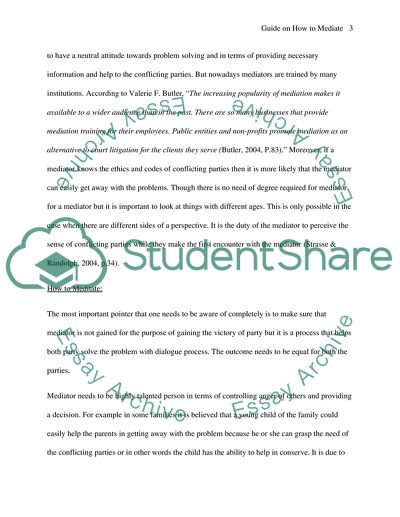Cite this document
(Guide on How to Mediate Term Paper Example | Topics and Well Written Essays - 3000 words, n.d.)
Guide on How to Mediate Term Paper Example | Topics and Well Written Essays - 3000 words. Retrieved from https://studentshare.org/psychology/1738095-guide-on-how-to-mediate
Guide on How to Mediate Term Paper Example | Topics and Well Written Essays - 3000 words. Retrieved from https://studentshare.org/psychology/1738095-guide-on-how-to-mediate
(Guide on How to Mediate Term Paper Example | Topics and Well Written Essays - 3000 Words)
Guide on How to Mediate Term Paper Example | Topics and Well Written Essays - 3000 Words. https://studentshare.org/psychology/1738095-guide-on-how-to-mediate.
Guide on How to Mediate Term Paper Example | Topics and Well Written Essays - 3000 Words. https://studentshare.org/psychology/1738095-guide-on-how-to-mediate.
“Guide on How to Mediate Term Paper Example | Topics and Well Written Essays - 3000 Words”, n.d. https://studentshare.org/psychology/1738095-guide-on-how-to-mediate.


